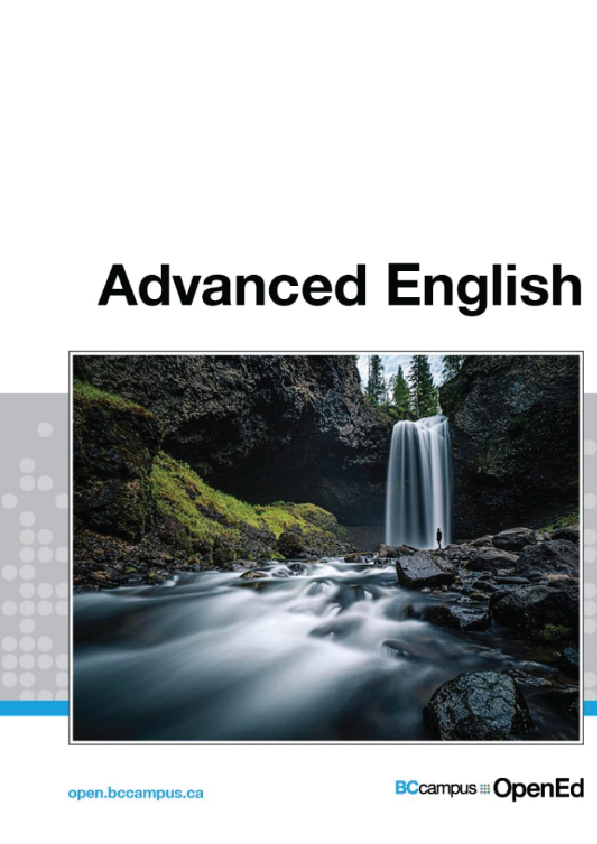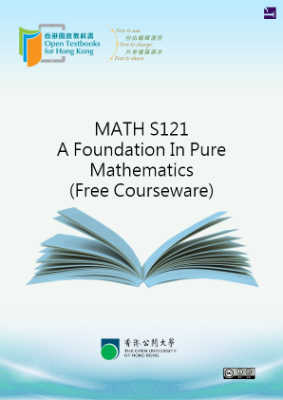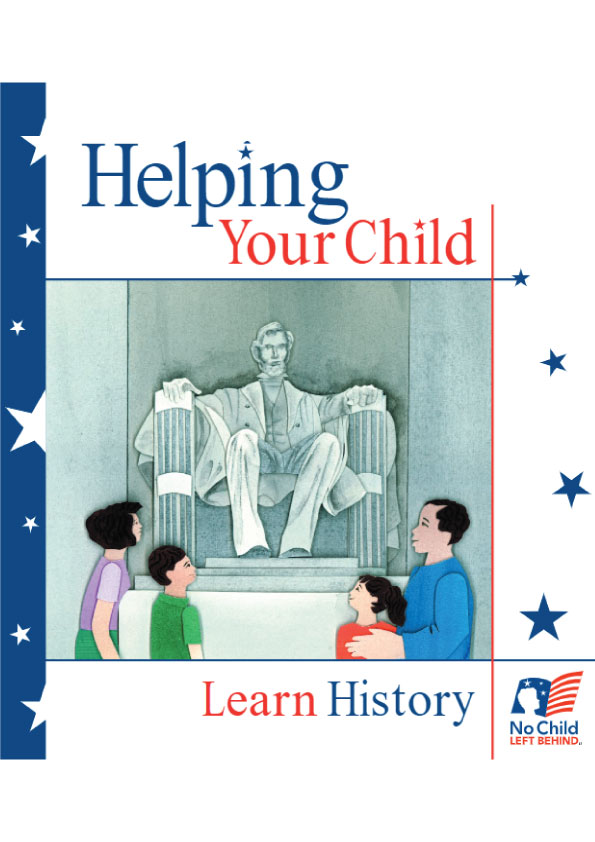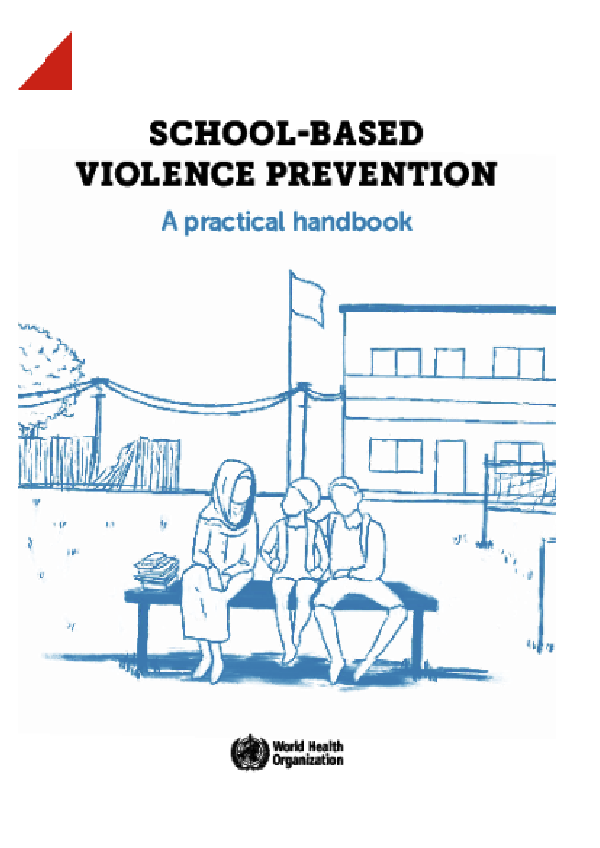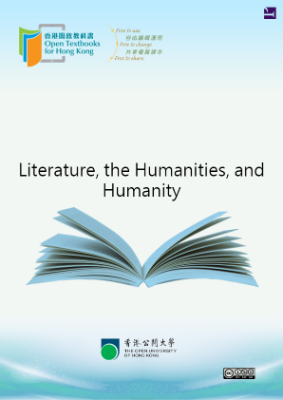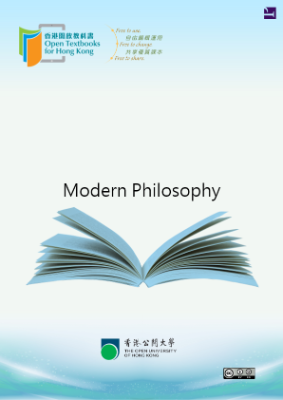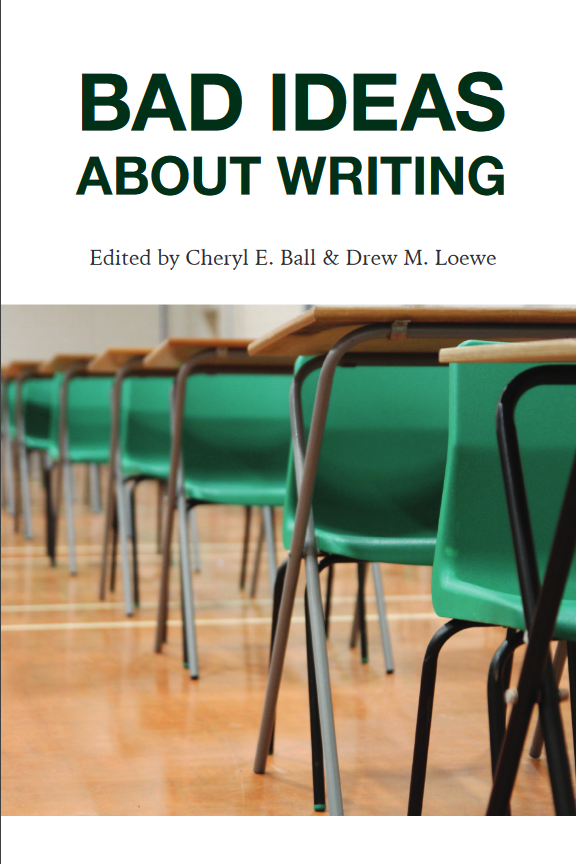Welcome to the Advanced English textbook, designed to fulfill the requirements for the Adult Basic Education (ABE) Advanced English Course. This text is an adaptation by Allison Kilgannon, an assistant professor with seven years of post-secondary ABE English teaching experience. The adapted text was written by five college reading and writing instructors, who drew from decades of experience teaching students who are entering the college reading and writing environment for the very first time. Its original format included examples, exercises, and definitions for many reading- and writing-related topics encountered in your college courses.
This adaptation accomplish these further goals:
- Replaces almost all American material with Canadian.
- Adheres to Canadian spelling and conventions.
- Rigorously follows ABE Articulation Handbook Required Learning Outcomes for Advanced Level English as provided by the Province of British Columbia Ministry of Advanced Education and Skills Training.
How the Text is Organized
While navigating through the textbook, you’ll notice that the major part of the textbook you’re working within is identified at the top of the page. We hope this helps you to navigate between sections and subsections and to understand the relationships between them.
How Should You Use This Text?
This text can be used by an instructor of an Advanced English class on its own to satisfy all the requirements of the course. Your instructor may want you to read through all parts of this text to make sure that all material is covered. Your instructor may, of course, choose to present material to you in other formats or through their own lessons to you in class.
Gendered and Gender-Neutral Language
As you read, you may notice that we use a variety of pronouns such as she/her, he/him, or they/them to refer to a person we’re discussing. Our goal is to represent all people, regardless of gender, and to do so in a balanced way. Therefore, in some paragraphs, we may designate “she” as the pronoun, while in others “he” will stand in for the person being written about. However, you’ll also come across “they” being used as a singular pronoun, which may be confusing at first. The pronoun “they” allows a single person to represent any gender, or no gender, including those genders that aren’t accurately represented by “he” and “she.” It’s important to consider gender-neutral language in your own writing, so we wanted to make sure we modeled what that looks like in this text.
As a student, much of your time will be spent interacting with texts of all types, shapes, sizes, and delivery methods.
In academic terms, a text is anything that conveys a set of meanings to the person who examines it. You might have thought that texts were limited to written materials, such as books, magazines, newspapers, and ‘zines (an informal term for magazine that refers especially to fanzines and webzines). Those items are indeed texts—but so are movies, paintings, television shows, songs, political cartoons, online materials, advertisements, maps, works of art, and even rooms full of people. If we can look at something, explore it, find layers of meaning in it, and draw information and conclusions from it, we’re looking at a text.
